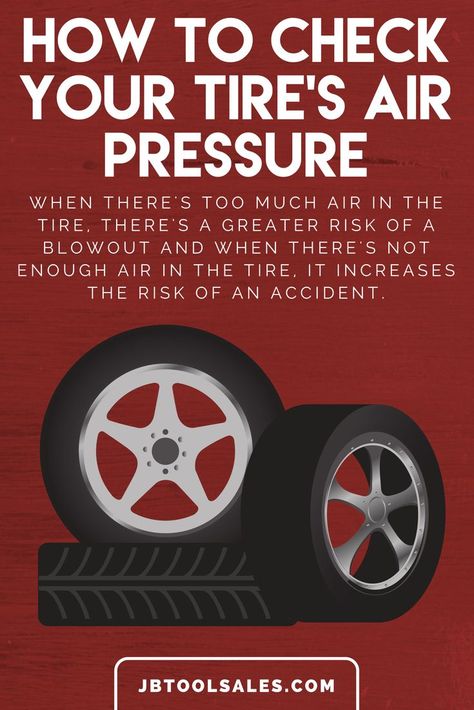When first starting out with an ATV, you may not know what tire pressure to inflate your tires to. This post acts as a simple guide to help you decide what tire pressure works best for you.
I spent a while searching around the internet, and found out there are different tire pressures recommended for different scenarios. I found that most recommended tire pressures are anywhere between 3 psi up to 12 psi.
The most common tire pressure for an average rider on average terrain is going to be around 5-6 psi. If you are carrying extra weight, riding in sand, or want to customize your tire pressure for your needs specifically, then keep reading.
There are a lot of reasons to adjust your tire pressure to get the most out of your ATV while riding. Having the right tire pressure is safer and can prevent unnecessary slipping and helps your tires last longer. It is recommended to check your tire pressure before each ride and adjust according to how you plan to ride for that trip.
On the side wall of your tire there should be printed the specific tire pressure that is recommended for your tire. The maximum recommended pressure is provided by the manufacture. Do not exceed the maximum recommended tire pressure. If you do, you could cause damage to the tire and risk a tire erupting, which can cause injury.
Just changing your tire pressure one psi can make a big difference in how your ATV handles. A higher tire pressure is better if you plan on riding with multiple people on one ATV or if you are carrying extra load. Such as, hunting gear or camping gear.
You could also add a little air to the tire if you plan on riding on mostly hardened terrain. Sometimes through really muddy terrain, an increased tire pressure can help you gain traction on the bottom of the mud pit and will help you get out a little easier. If there is no bottom for the tires to grip, less tire pressure will help with gaining traction in the mud itself.
If there is no bottom for the tires to grip, less tire pressure will help with gaining traction in the mud itself.
Having a higher tire pressure can also help protect the rims on the ATV. Inflating the tire too much can make it easier for a sharp rock or log to puncture the tire, so be careful.
If you’re riding at higher speeds, carrying extra weight, or the terrain is hard packed, I recommend 7-8 psi.
Benefits of higher tire pressure:
A lower tire pressure is extra useful for places you need extra traction. Such as, sandy areas or areas with loose dirt or gravel. If you’re going to be riding through a lot of muddy terrain, a lower tire pressure might be something to consider as well.
With a lower tire pressure the tire is able to grab on to the terrain better, giving you more traction in places you need it. When riding in the snow, a lower tire pressure is also extremely helpful. More of the tire is in contact with the ground, limiting the amount your tire will slip.
When riding in the snow, a lower tire pressure is also extremely helpful. More of the tire is in contact with the ground, limiting the amount your tire will slip.
If you’re riding in rocky, sandy, muddy, snowy, or other loose terrain, I recommend 3-4 psi.
Benefits of a lower tire pressure:
I found it hard to use the tire pressure gauge I used on my truck tires because the scale was not accurate enough. I couldn’t tell if it was set to 5 or 6 psi. It makes sense because the tire pressure on my truck it so much higher and one psi off doesn’t make a difference. I found it so much easier to just get a gauge made for ATV tires.
I recommend the Jaco Elite Tire Pressure Gauge I found here on Amazon. It goes up to 15 psi (I’ve never had to go above 10 psi for my ATV tires) and it works great.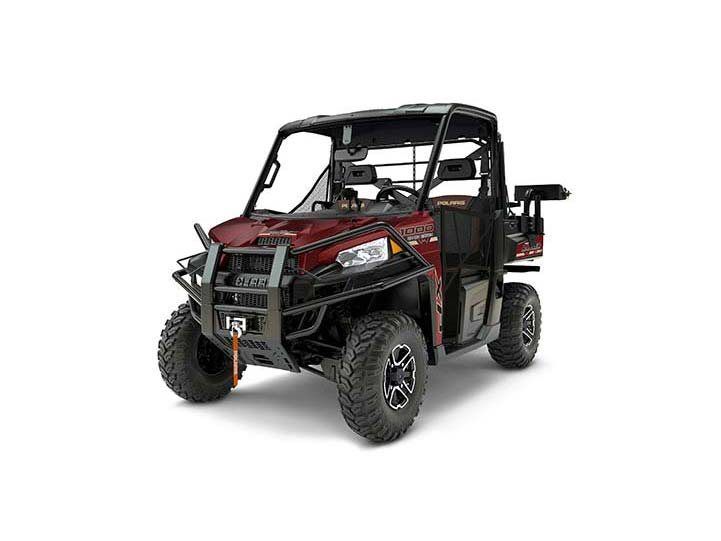 It will show the psi down to a tenth of a pound, which is exactly what I needed and way more accurate than the gauge I use for my vehicles.
It will show the psi down to a tenth of a pound, which is exactly what I needed and way more accurate than the gauge I use for my vehicles.
To actually inflate the tires you could use an air compressor with the proper attachments or even just a bike tire pump. I used to use a simple bike pump, but I got sick of inflating a little, checking the pressure, inflating a little, and checking the pressure again, back and forth.
I ended up just getting a tire pump with compressor made by Slime. The gauge is accurate down to one psi and all comes compact in a nice little container. It will also work on cars and trucks, so I leave it in my truck now for emergencies, and it has come in handy a couple of times on the trails. I use the Slime Direct Drive Tire Inflator found here on Amazon.
I usually fill the tires with the compressor, and make any little changes with, the more accurate, Jaco gauge.
The tire pressure should be the same per axle. If your owners manual suggests a certain pressure for your back tire, that goes for both left and right back tires.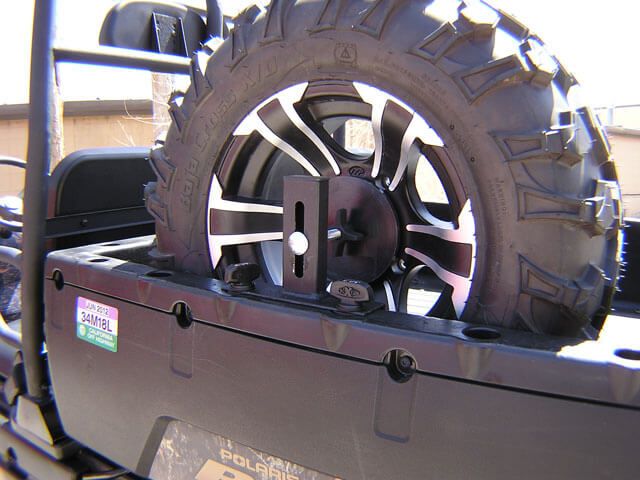 This is also the case for the front tires. Make sure both tires of an axle are set to the same psi. This is especially important for the front tires because any difference in tire pressure could change the way the ATV handles.
This is also the case for the front tires. Make sure both tires of an axle are set to the same psi. This is especially important for the front tires because any difference in tire pressure could change the way the ATV handles.
Some riders like to have the back tires set to a slightly lower psi. This improves traction of the rear tires but keeps the handling nice in the front tires. Allowing you to still steer well, while increasing grip on the track. Also when racing, the back tires tend to heat up a little more which adds to the tire pressure. Setting the back tire pressure a little lower can help compensate for how the tire acts once its warmed up a bit.
Setting your tire pressure properly can help prevent unnecessary puncture when riding. Nothing’s worse than getting a flat miles from where you need to be. Usually, having a higher tire pressure in your tires will help prevent punctures. When a tire is inflated to a higher pressure, the air in the tire compresses less and it’s more likely to bounce off of whatever you hit.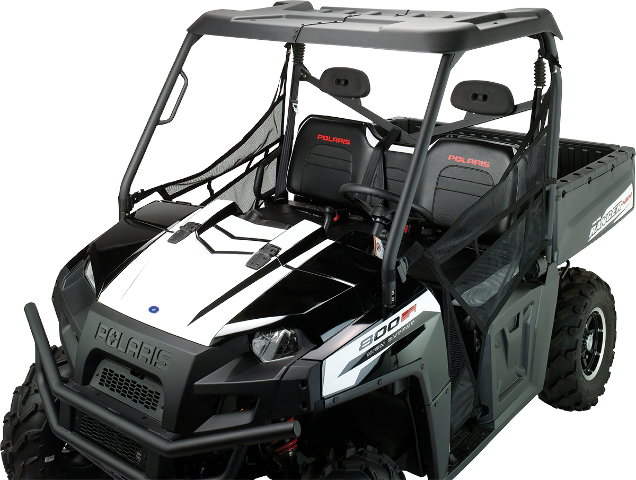
On the other hand, having too high of a tire pressure can cause punctures because the air has no where to go putting more strain on the tire at the point of impact.
There are a few options available to help prevent getting a flat on your ATV. You could upgrade to 8-ply or even 12-ply tires. Most ATV’s come stock with a set of 4 or 6-ply tires. If you go with 12-ply you will have virtually indestructible tires. Even if you do get a puncture, the tires should hold up long enough for you to get back off the trail.
Some other options include:
There are a few things you could watch out for while your riding to help you gauge if your tires are low or overfilled. If you notice your ATV does not corner tightly or you feel a wobble at medium speeds, then your tire pressure is too low. If you tire is under inflated, your tire will roll slightly when cornering. If you feel your rims are hitting roots or rocks on the trail, or you notice them getting dinged up, it is possible your tires are under inflated.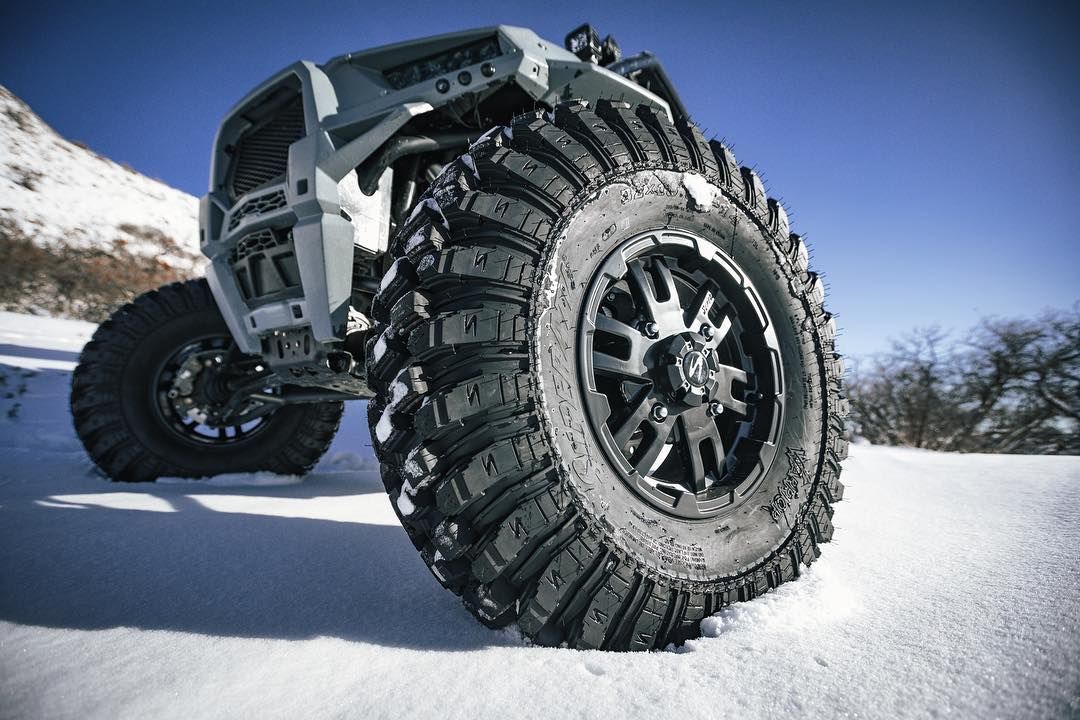
If your tires are over inflated you will notice a loss of grip on loose terrain. This happens because your tires aren’t getting enough contact with the trail, and your tires will spin more than they should.
Something else to watch out for is the psi change due to altitude and temperature. If you want to see if this affects you, check your tire pressure at the start of a ride, and then again after about 30 minutes of riding. If the pressure is too high for your liking, just set them a little lower at the beginning of your ride next time.
When you notice the knobbies on the sides of the tire start to split or break off, that’s a good indication it’s time for new tires. Tires wear away over time, and as they lose thickness they are more prone to punctures and going flat.
As your tires wear away you will get less traction, which will affect cornering and acceleration. It is always recommended to keep your tires in good condition and replace them when necessary.
Sharing is caring!
Feb 24th 2019
As much as we here at Everything Polaris Ranger would like to provide you with a simple solution for Polaris Ranger tires, unfortunately, there is no magical one-size-fits-all UTV tire that is perfect in every way and in every situation.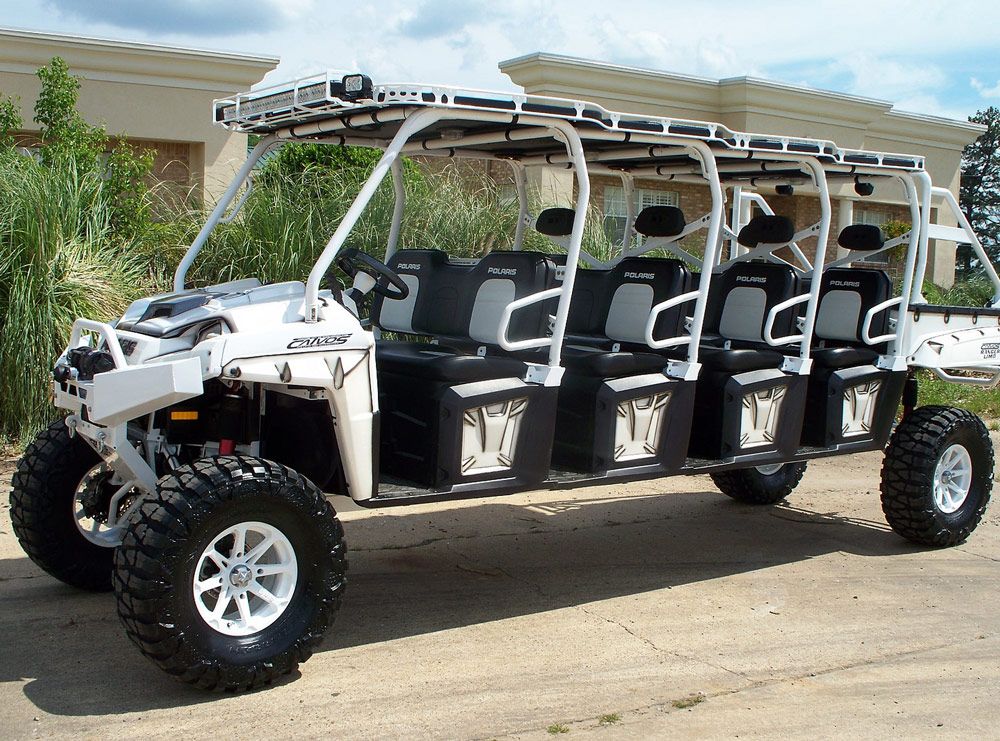 An aftermarket Polaris Ranger tire that is optimized for mudding may perform worse that stock tires on sand. And to delve a bit deeper, even categories like sand and mud are slightly vague to say the least. The sand in some places can be fine and circular, while in other places it can be river sand, shaped more like small pea gravel and very thick / heavy. Similarly, mud is also a loaded variable. The depth of the mud, the viscosity of the mud, and the clay content of the mud can all affect the performance of a Polaris Ranger mudding tire. Mississippi river gumbo mud is not the same as mud you’ll find in other places. Despite this fact, we will do our best to parse through these issues to shed some light on what makes a good side-by-side tire. We will also discuss some of our go-to tire brands to increase the performance of your Polaris Ranger; be it a Mid-Size Polaris Ranger that you use for work, or Full-Size Polaris Ranger that you use for family recreation.
An aftermarket Polaris Ranger tire that is optimized for mudding may perform worse that stock tires on sand. And to delve a bit deeper, even categories like sand and mud are slightly vague to say the least. The sand in some places can be fine and circular, while in other places it can be river sand, shaped more like small pea gravel and very thick / heavy. Similarly, mud is also a loaded variable. The depth of the mud, the viscosity of the mud, and the clay content of the mud can all affect the performance of a Polaris Ranger mudding tire. Mississippi river gumbo mud is not the same as mud you’ll find in other places. Despite this fact, we will do our best to parse through these issues to shed some light on what makes a good side-by-side tire. We will also discuss some of our go-to tire brands to increase the performance of your Polaris Ranger; be it a Mid-Size Polaris Ranger that you use for work, or Full-Size Polaris Ranger that you use for family recreation.
Before you decide on a mud tire for your Polaris Ranger, you should first reflect on whether or not you’re a diehard mud rider.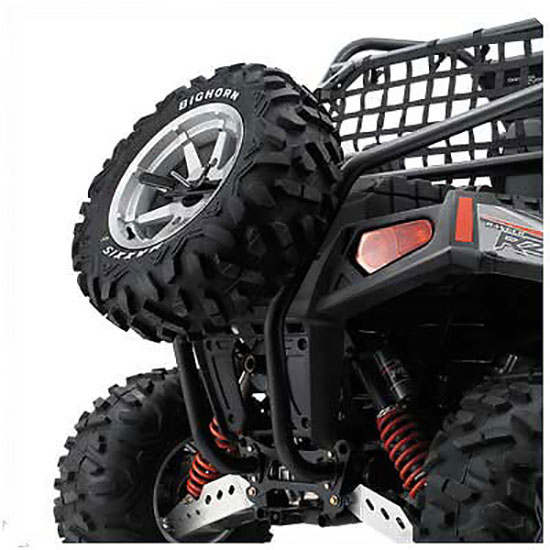 Do you proactively seek muddy terrain? Or do you reluctantly ride through mud when you encounter it on the trail? If you’re like most riders we talk to, you’re probably looking for a decent Polaris Ranger mud tire that also works well on hard-pack trails.
Do you proactively seek muddy terrain? Or do you reluctantly ride through mud when you encounter it on the trail? If you’re like most riders we talk to, you’re probably looking for a decent Polaris Ranger mud tire that also works well on hard-pack trails.
BKT Tires, Term Tires, Outback Tires, and Motohavok Tires are common brands that work well both in the mud and on the trail. Of these, Terms tires for the Polaris Ranger stand out due to their versatility. They don’t scrape or puncture on roots, they have good flat-top performance on hard pack, and they grab well in the mud. Big Horn tires are also a common sight in the Polaris Ranger community. They go great in most conditions, and unlike Polaris Ranger tires that are taller and heavier, Big Horns don’t shake or wobble when you go above 30 miles per hour. Kenda Executioners are also tires that will serve you well on those wet and muddy days. But if you do any long-distance driving on dirt or gravel roads, you’ll soon realize the difference between general performance Polaris Ranger tires and domain-specific Polaris Ranger tires designed for particular ground conditions like mud, sand, snow, and asphalt.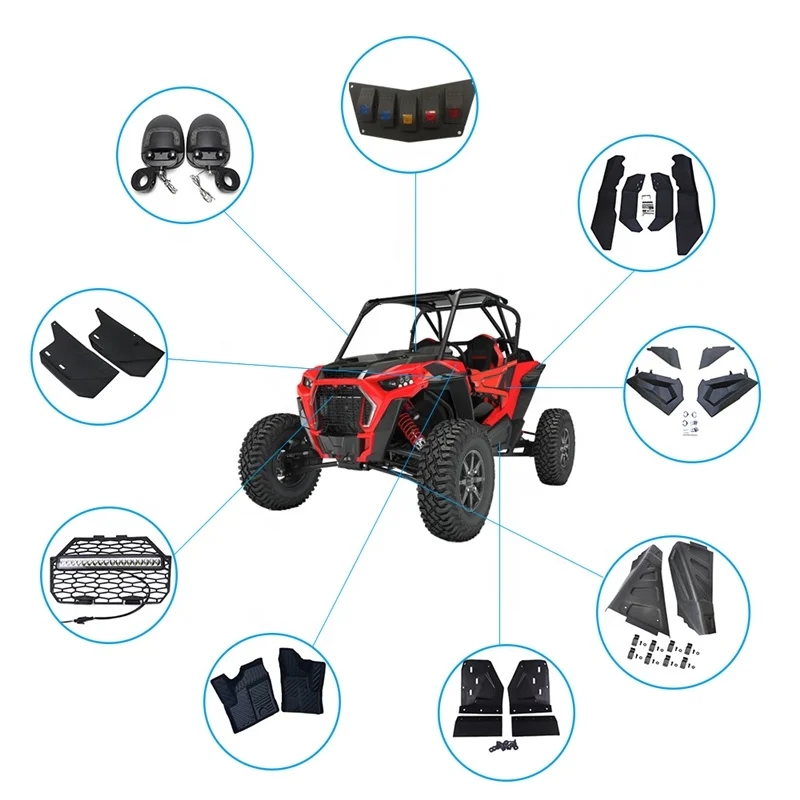
Regardless of whether you’re looking for a set of Polaris Ranger 570 tires that’ll get you out of / through the mud when there are no alternative routes open to you, or some Polaris Ranger 900 tires to use during competitive mud-riding events, self-cleaning mud tires always come in handy. Turner Cycle's 8ply Crossbone tires for the Polaris Ranger are good non-tractor-design tires, and Mud Lite tires by ITP are alright for all-around performance as well -- although the latter doesn't have quite as much bite as other mud-specific UTV tires. Intimidator tires by SuperATV are another type of Polaris Ranger tire that riders like. They get the job done in mud and can handle rocks and hill climbs without breaking a sweat. Don't let mud rain on your parade and get some Polaris Ranger mud tires to reign dominant over the muck!
If you’ve ever taken your Polaris Ranger with mud tires onto sand, don’t worry, it’s not just you. Sure some Polaris Ranger mud tires may perform slightly better than others on sand, but there is a reason why they make Polaris Ranger paddle tires. Mud tires tend to dig in, and are simply unable to ride on top of the sand. We’ve seen machines with Mega Mayhem tires -- which perform flawlessly on most other terrain types -- spin out in the sand, unable to gain traction and achieving nothing but rooster tails. Even stock tires perform better that mud-specific UTV tires in the sand.
Mud tires tend to dig in, and are simply unable to ride on top of the sand. We’ve seen machines with Mega Mayhem tires -- which perform flawlessly on most other terrain types -- spin out in the sand, unable to gain traction and achieving nothing but rooster tails. Even stock tires perform better that mud-specific UTV tires in the sand.
But if you do find yourself on the brink of a desert ride with nothing but mud tires at your disposal, a little hack you can try is swapping the left and right tires on your Polaris Ranger. The reverse pattern will make them climb on top of the sand instead of digging in ever deeper. And while this might not work in all situations, it is pretty useful if you’re going to a sand-only UTV park or a badlands desert replete with dune after dune.
Another variable that cannot be generalized is the size of a Polaris Ranger tire. As they say, size isn’t everything. And if you’re running a stock machine without a lift, forward a-arms, or portals, you are limited in terms of tire size.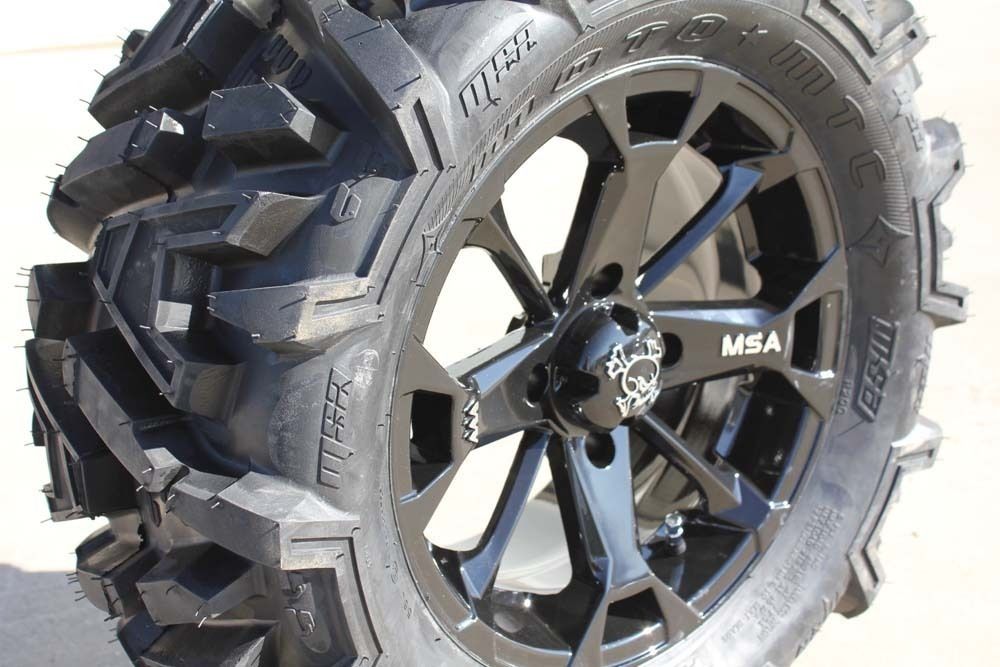 For the old Polaris Ranger body style, the stock tires were 28” on 14” rims. On the new body style, however, the stock tires are 27” and the wheels are 12”. Furthermore, the old Ranger body style had forward a-arms, so you can’t fit 28s on a stock (non HL) Ranger without a lift -- well, technically you can, but they'll probably rub.
For the old Polaris Ranger body style, the stock tires were 28” on 14” rims. On the new body style, however, the stock tires are 27” and the wheels are 12”. Furthermore, the old Ranger body style had forward a-arms, so you can’t fit 28s on a stock (non HL) Ranger without a lift -- well, technically you can, but they'll probably rub.
A quick and easy way to alter the performance of your Polaris Ranger tires is to adjust their PSI. If you’re running a lower ply tire, pressures levels around 14psi are good, as low-ply tires lack the thickness to handle lower pressures. If, however, you run higher-ply tires on your Polaris Ranger, you can take you deflate them down to around 8psi before the sidewall will start to bulge. No matter what ply tire you run, we wouldn’t suggest going below 8psi. If you hit a big rock or root, it could contact the wheel and cause serious damage. And it’s much cheaper to fix a popped tire than it is to replace a dented wheel.
But why would you mess around with your side-by-side’s tire pressure? Well, there are many benefits that lower tire pressures can bring. For instance, if you run 8-ply Polaris Ranger tires, the ride can be pretty harsh compared to stock tires. So by deflating the tires a bit, you can achieve a smoother ride as well as handle bumps better. Rock crawling performance gains are one of the biggest beneficiaries of airing down your tires, which mold over rocks more easily at lower pressures. Running a lower tire pressure also gives your Ranger's tires a wider footprint, which means more traction.
Many side-by-side riders aren’t worried about better traction, and are instead concerned about blowing beads, a phenomenon that is never fun, especially when you're in the bush. Lower tire pressures also lower ground clearance, which is yet another issue regarding under-inflated tires. We’ve found that most Polaris Rangers drop around 1/4” for every psi let out, so finding a compromise is important. If you’re not a rock crawler, the improvements in ride quality and traction may not be worth the loss in ground clearance. And if you're riding on pavement, higher tire pressures could exacerbate wear.
If you’re not a rock crawler, the improvements in ride quality and traction may not be worth the loss in ground clearance. And if you're riding on pavement, higher tire pressures could exacerbate wear.
Shop our Tire Selection for your Polaris Ranger Mid-Size, Polaris Ranger Full-Size, Polaris Ranger Crew or the Polaris General.
There are still many topics yet to cover about Polaris Ranger tires, and we could go on in this post ad infinitum. Snow tires, tire chains, and power loss / sluggish acceleration from larger tires are all important, and we’ll touch on these as well as many more Polaris Ranger Tire topics in future posts. But until then, keep riding!
Tire pressure affects the flotation, stability, handling and smoothness of the ATV. Therefore, it is important to adhere to the optimal parameters, which depend on the type of coating and load. What pressure is recommended for CFMOTO ATVs - we will tell in the article.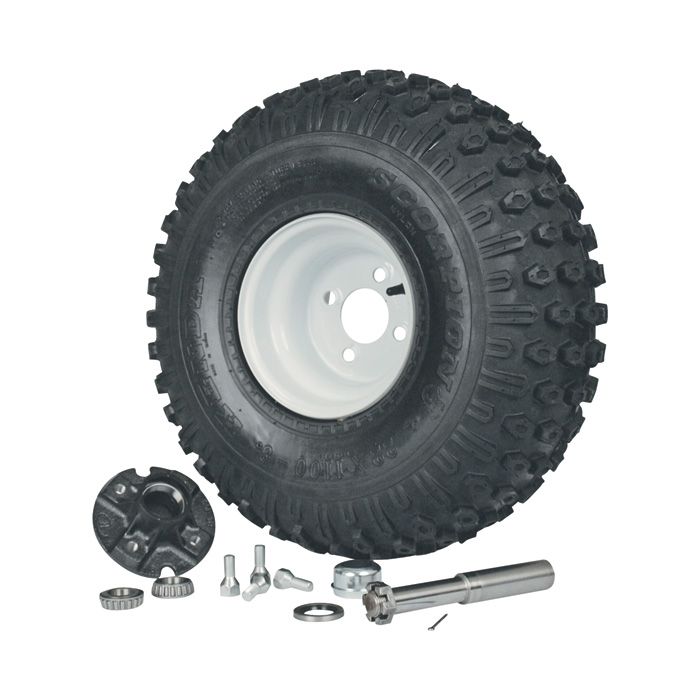
CFMOTO indicates the recommended pressure in kilopascals (kPa). 1 kPa equals 0.0098 atmospheres (atm) or 0.145 pounds-force per square inch (psi). It is important not to confuse these units of measurement when inflating tires.
The recommended tire pressure for CFMOTO ATV is indicated in the instruction manual and on the vehicle itself in the area of the left rear fender.
Tires are marked with the maximum pressure they can withstand.
Low tire pressure improves off-road capability, allowing the ATV to sink less in mud, swamp, snow or sand. This is due to the fact that the contact patch of the tire with the surface increases, and the specific pressure on the ground decreases. In addition, poorly inflated tires are less “blurred” with dirt, more easily leave the rut and roll over obstacles such as trees, stumps or large stones lying on the road.
Most CFMOTO ATVs are equipped with ANCLA tires, the normal pressure of which, according to the manufacturer, is 45 kPa. This is sufficient for off-road routes. A reasonable lower limit is up to 35 kPa. It is possible to bleed even more air only if there are beadlocks - devices that securely press the tire to the side of the disk.
All-terrain vehicle tires with a car seat must have a higher pressure - from 70 kPa, the exact parameters depend on the model.
If the pressure is too low:
It is best to inflate your tires before long trips on asphalt or other hard surfaces. This will increase stability and control in corners and on a straight line - due to less deformation of the rubber.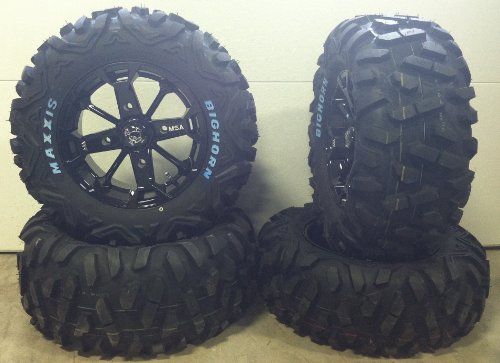 In addition, the tread will not wear out as much.
In addition, the tread will not wear out as much.
The pressure should also be increased when transporting a heavy load and a passenger.
Optimum tire pressure for a CFMOTO ATV with a motorcycle seat when driving on asphalt is 70-90 kPa.
If the pressure is too high:
It is advisable to do this before each ride - when the tire is cold. You will need a low pressure gauge to check. When using a conventional car, there will be a large error.
The recommended tire pressure for CFMOTO ATVs is 45 kPa. For all-terrain vehicles (SSV), the optimal parameters are different - more than 70 kPa. Before carrying a passenger and a heavy load or a long drive on asphalt, you can pump more.
If the pressure is too low, there is a risk of breakage, deterioration of handling and stability. If it is too high, it becomes uncomfortable to ride, all the bumps in the road are felt, the load on the suspension and steering increases.
Wheel pressure
ATV tires, marking and decoding
Useful life hacksThe legend is back in fashion - Nokia 3310
The return of the iconic Nokia 3310, which has become a symbol of .